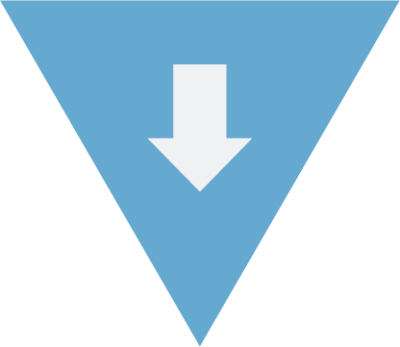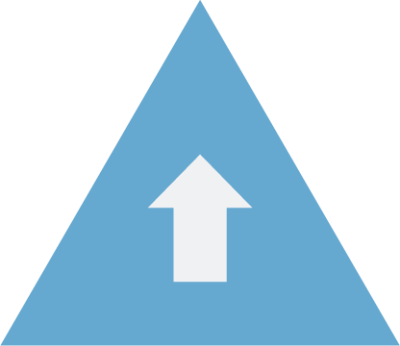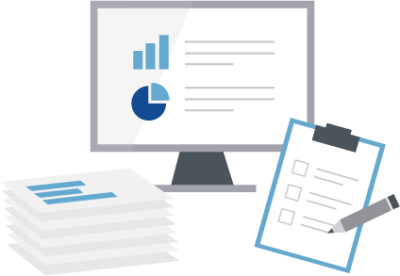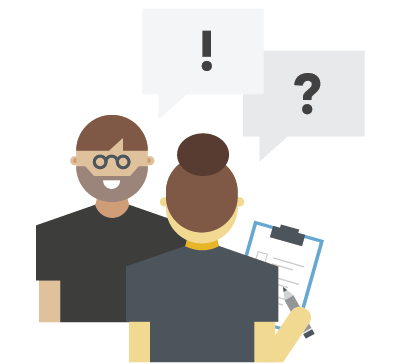
Monitoring for national human rights insititutions
Monitoring is a systematic process of collecting, analysing, and using information.
Monitoring is often carried out over a period to follow the development of human rights in a state. It may include a single right or the overall human rights situation.
Monitoring has to be independent and evidence-based, in order for the national human rights institution to properly step into the role of an independent authority on human rights.
This page covers two aspects of monitoring: Prioritising issues, and collecting and analysing data.
1. Prioritising issues
It takes time and resources to conduct monitoring, which is independent and reliable. National human rights institutions can, therefore, not monitor all human rights, but need to prioritise.
Top-down method

One way to prioritise is to use the top-down method.
The top-down method is about starting out broadly and then narrowing in on areas of prioritisation. There are three steps of the top-down method which you can learn more about in this PDF.
You can find an overview of recommendations from all the different UN bodies, and how they link to the SDGs, in the SDG- Human Rights data explorer. Go to the data explorer
Bottom-up method

With the bottom-up method, the national human rights institution needs to define criteria for prioritisation of human rights issues. When a human rights issue has been identified, its priority will be assessed by using the defined criteria.
Examples of criteria could be: How many people are affected? What is the impact on vulnerable groups? Is the national human rights institution the best to focus on the issue?
You can learn more about the criteria and how to use them to prioritise in this one-page PDF.
2. Collecting and analysing data
Data needs to be collected from reliable sources and then it needs to be analysed in order to be useful in a monitoring process.
Collecting data

There are many data sources that contain published/secondary data. It is therefore important to know where to look for data and to be critical in the selection to ensure data that has quality and reliability. To be efficient, a national human rights institution does not need to do its own data collection, if there already is reliable data.
Data sources
There are many national, regional and international sources that national human rights institutions can use for data collection. You can see a list for inspiration in the PDF below.
Using data sources
In the PDF below, you can see an example of how a national human rights institution could figure out how it can get the data it needs for monitoring on an issue.

Analysing data
The collected data has to be analysed against relevant human rights standards in order for the national human rights institution to assess the degree of respect, protection and fulfillment of the identified human right.
Analysed data can feed into reports, be used when advising the government, as a source for civil society organisations and/or the media etc.
Data analysis can de divided into three main methods:
- Legal desk studies are used to assess the compliance of national law and policies with international human rights standards. Different sources can be useful for example case law and recommendations from international or regional human rights monitoring bodies.
- Quantitative studies are used to analyse the national implementation of international human rights by using secondary sources (e.g. existing statistics and knowledge) and primary sources (by conducting surveys if there is no or unreliable data).
- Qualitative studies enable analysis of the experience of human rights by involving victims, stakeholders and authorities in interviews.
Socio-legal analysis
The socio-legal analysis combines the various types of methods. The socio-legal analysis is a good idea because it compares the legal rights with how those rights are accessed and enjoyed by a person, in reality.
You can learn more about the steps of a socio-legal analysis in the PDF below.
PLEASE NOTE: The content on this page is an extract of an e-learning module on monitoring where you can find more details and exercises. Go to e-learning course
